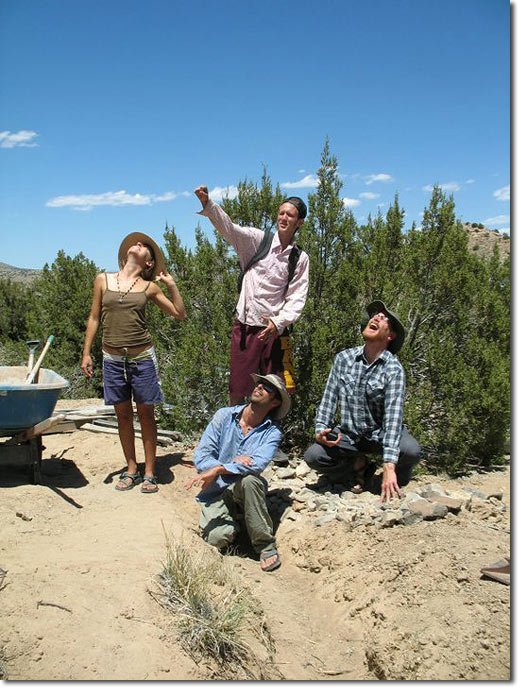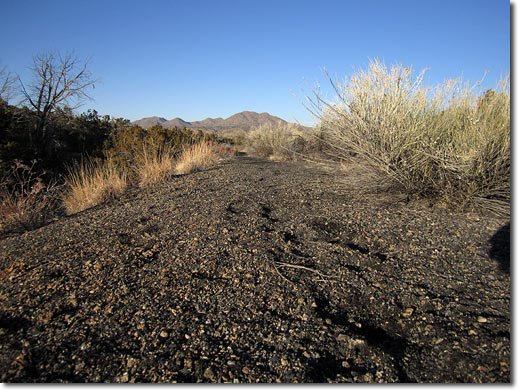Alternately barren and spectacular, the southwest United States has piqued the imagination of Americans and people across the world for generations.
The site of gold rushes, Native American homelands, and a culture of lawlessness that has yet to fade completely, much of the land was degraded and destroyed long before Hollywood discovered how to cash in on retelling stories from its checkered past. Films may glorify the breadth and scope of the iconic terrain, but the essence and character of the Southwest ecology has been drastically altered; it little resembles what it once was.
For the Southwest’s environment, 2010 was one for the books. I happened to arrive in New Mexico on June 28th, when the Los Conchas fire had spread within spitting distance of the Los Alamos National laboratories and locals were convinced radioactive material was going up in the huge smoke clouds. The fire whipped through 160,000 acres of New Mexico, the largest, swiftest fire in the state’s history. It took less than a week to break the record previously held by the Dry Lakes fire, which destroyed 94,000 acres in 2003 in Gila National forest — but neither compared to the Wallow Fire in Arizona which burned out half a million acres (200,000 hectares) in the same summer. There are always complex reasons for the explosion of such fires, but the proximate reason in this case was drought.

A secondary reason for the situation is that the entire ecology of New Mexico has been abused and degraded for hundreds of years, and on arguably a larger scale than most US states, leaving it vulnerable to the weather shocks of climate change and drought. These days, many worry about the so-called mega drought, which seems always on the horizon. It isn’t an exaggeration to say that the environment of the southwest United States and New Mexico was systematically raped and pillaged, but the abuse began in many respects before the mining or deforestation that occurred later. It began with the importation of European cattle and sheep in the 16th century and 17th century under Spanish colonial rule. More
